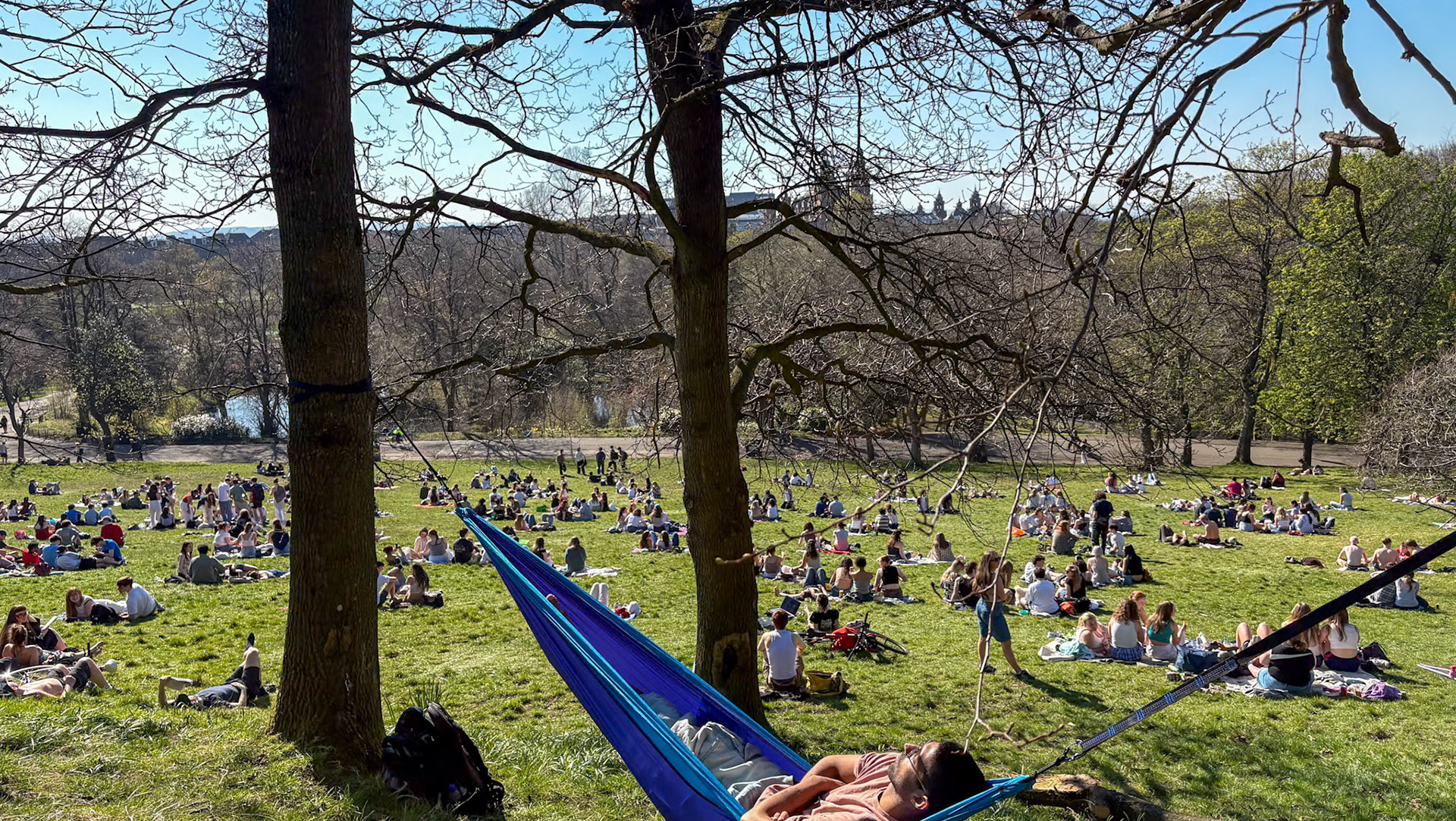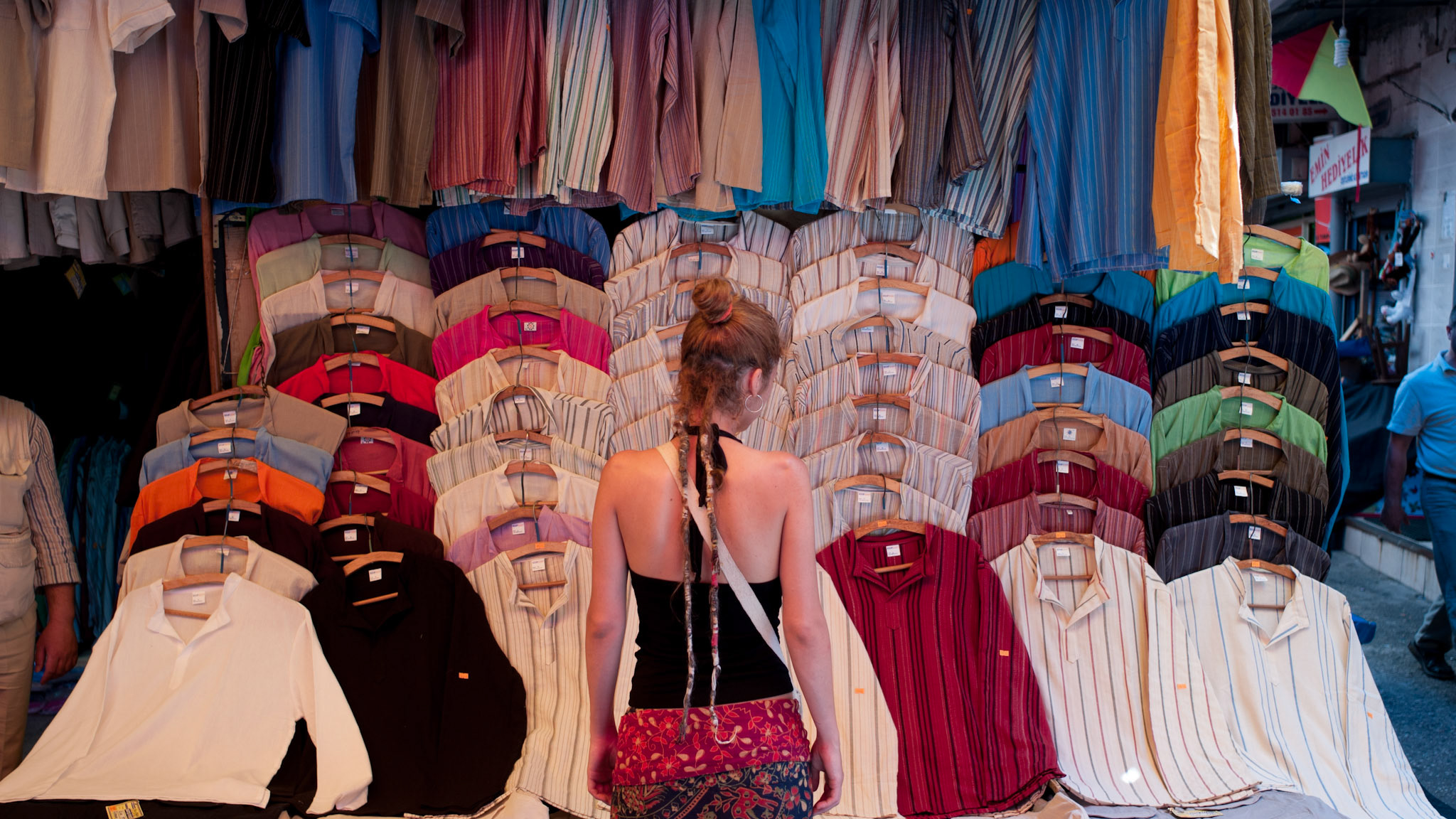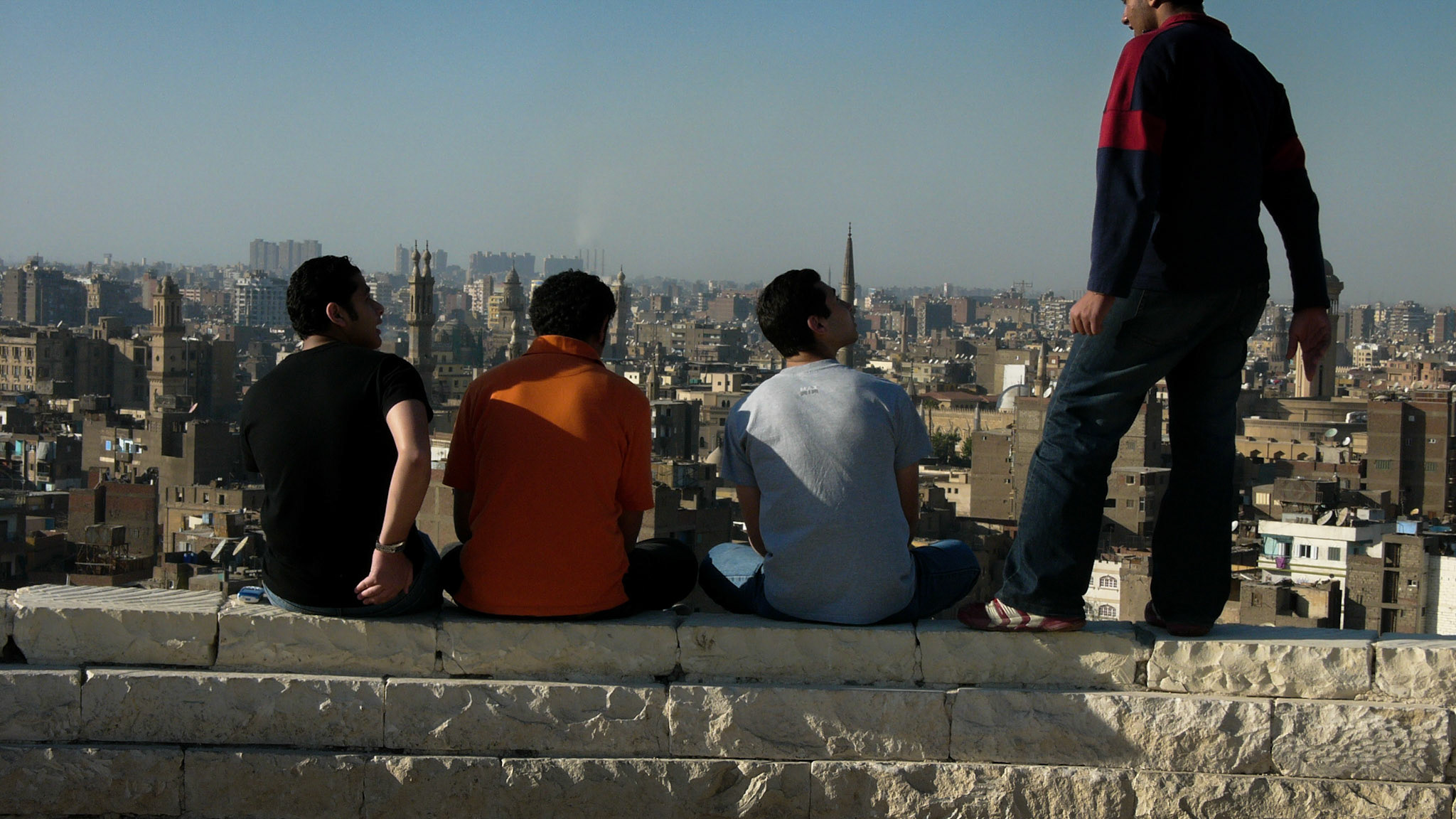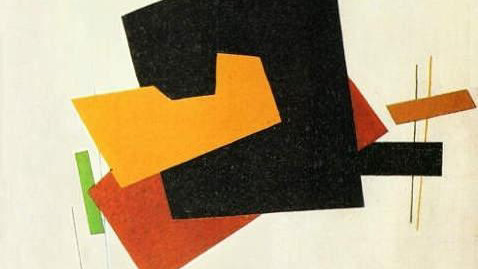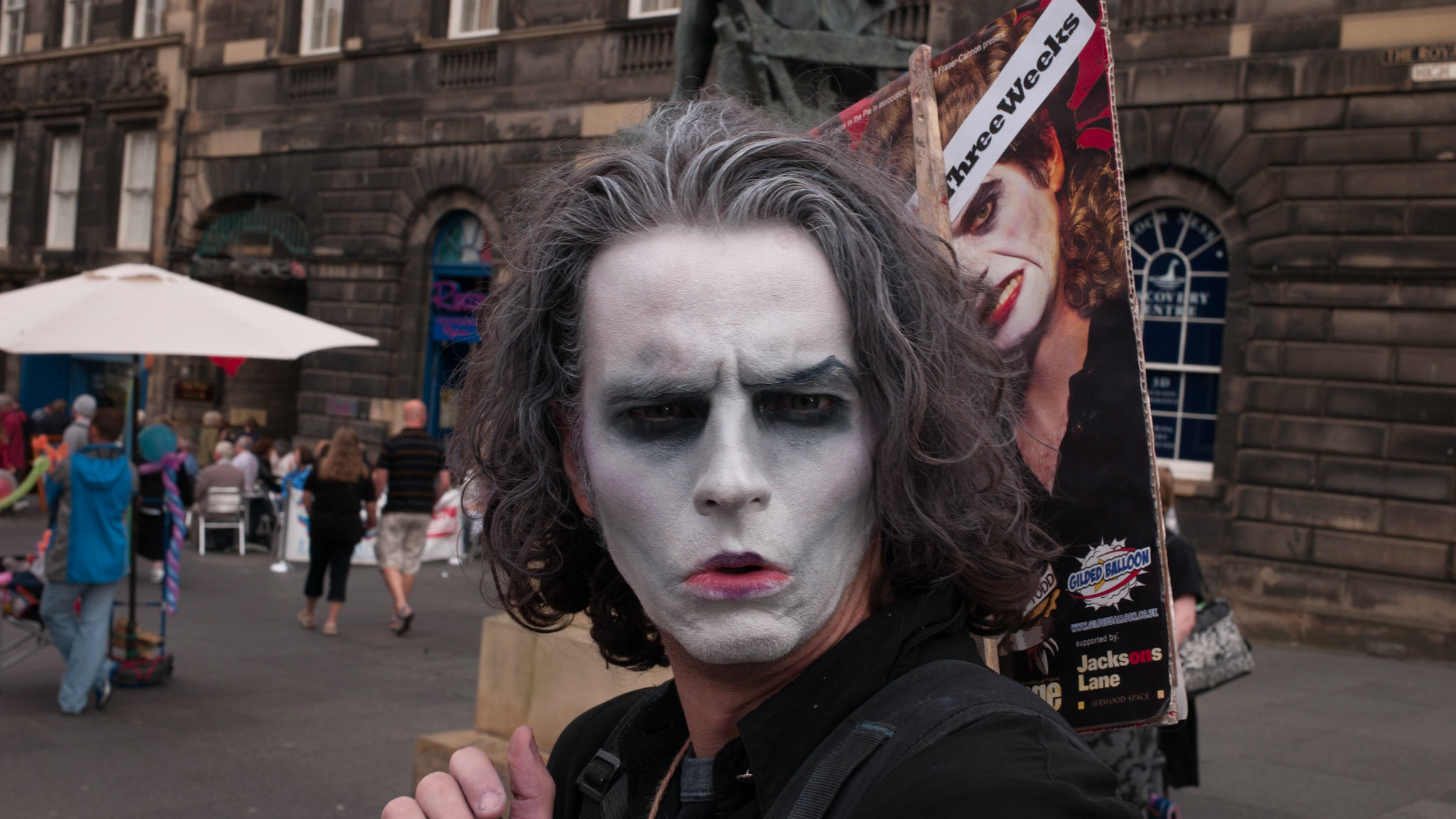“We propose liberating painting from its subservience to the ready-made form of reality and to make it first and foremost a creative, not a reproductive, art.” — Olga Rosanova, Cubism, Futurism, Suprematism (1917)
“The transmission of real objects onto a canvas is the art of skillful reproduction, that’s all. And between the art of creating and the art of repeating there is a great difference.” — Kasimir Malevich, Suprematist Manifesto (1916)
How to do things with images
“How to do things with images” is the identical title of three articles on the uses of images (Pateman 1980; Jayemanne 2017; Abdel-Raheem 2020). The four decades that separate them attest to the immense influence of J.L. Austin (1962) on art. The influence of Austin on images is especially intriguing given that Austin as a philosopher of ordinary language regarded artistic production outside his purview. Even more impressively, as Jayemanne (p. 32) notes, Austin did not even consider the possibility of doings things with images. Yet, creatively and inventively, scholars draw on Austin to consider how to do things with images.
The photographic image as a performative utterance will surprise those who are schooled into thinking that it represents the world it depicts. But for those who pursue Austin will have none of that. The photographic image produces the world it depicts. This transformation from representation to production has consequences.
The photographic image is a complicated artefact that defies definition. What is a photograph? This is not a question that allows easy answers. It is not even a good question. The question is what is called a photograph? This question is not easy to address either but opens up critical ways of thinking about the image. Who is the subject of photography (behind the camera)? Who is the subject of photography (in front of the camera)? Who is the subject of photography (viewer in front of the image)? What is the object of photography (the image)? What do these subjects and objects do with the photograph? What image of thought they elicit, provoke, or invite?
There is a rich vocabulary associated with performativity. The scholars mentioned above such as Pateman, Jayemanne, and Abdel-Raheem make use of them in creative ways. The words such as felicity, uptake, constatives, performatives, statements, utterances, locutionary, illocutionary, and perlocutionary force of words, and words as speech acts provide intriguing ways for considering photographic images as speech acts.
Although Pateman (advertising), Jayemanne (videogames), and Abdel-Raheem (cartoons) do not address the photographic image (Rosanova or Malevich do not either), a case can made that the photographic image should also be considered a genre of image rather than a rarefied artefact. Cartoons, paintings, films, and videogames are also performative images with distinct but related performative elicitations, provocations, and interpellations.
I have a complex relationship with the photographic image. There are times when a subject appears, for example, Istanbul: Şehrin Keyfi (2018), but these often exceed any motives or intentions preceding the images. Yet most of the time, its subjects are entirely beyond my understanding. It is impossible to give captions, titles, or locations to photographs. After all, should not have those subjects in front of the camera and those subjects in front of the image a direct relationship to it? Perhaps Rene Magritte was signaling this difficulty (Foucault 1983)? Perhaps Kazimir Malevich’s (2003) attempt to rescue the image from its pregiven subjects and objects was a performative act?
These are some of the questions that I explore as think about the photographic image. A painter (Malevich) and his struggle with the image resonates so much with my struggle with the photographic image. Was the Black Square (1915) the first photograph?
Engin Isin
@enginfisin@mstdn.social
@enginfisin@mstdn.social
References
Abdel-Raheem, Ahmed. 2020. ‘How to Do Things with Images: The Editor, the Cartoonist, and the Reader’. Intercultural Pragmatics 17 (1): 77–108.
Austin, J.L. 1962. How to Do Things with Words. Oxford: Oxford University Press.
Foucault, Michel. 1983. This Is Not a Pipe. Berkeley: University of California Press.
Isin, Engin. 2018. Istanbul: Sehrin Keyfi. Blurb Publications. https://www.blurb.com/b/327012-istanbul-sehrin-keyfi.
Jayemanne, Darshana. 2017. ‘How to Do Things with Images’. In Performativity in Art, Literature, and Videogames, 31–53. Cham: Springer International Publishing.
Malevich, Kazimir Severinovich. 2003. The Non-Objective World: The Manifesto of Suprematism. Mineola, N.Y: Dover Publications.
Pateman, Trevor. 1980. ‘How to Do Things with Images: An Essay on the Pragmatics of Advertising’. Theory and Society 9 (4): 603–22.

